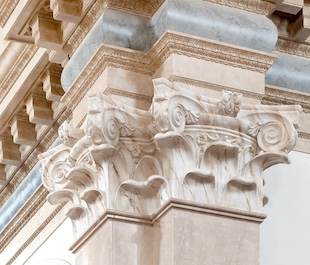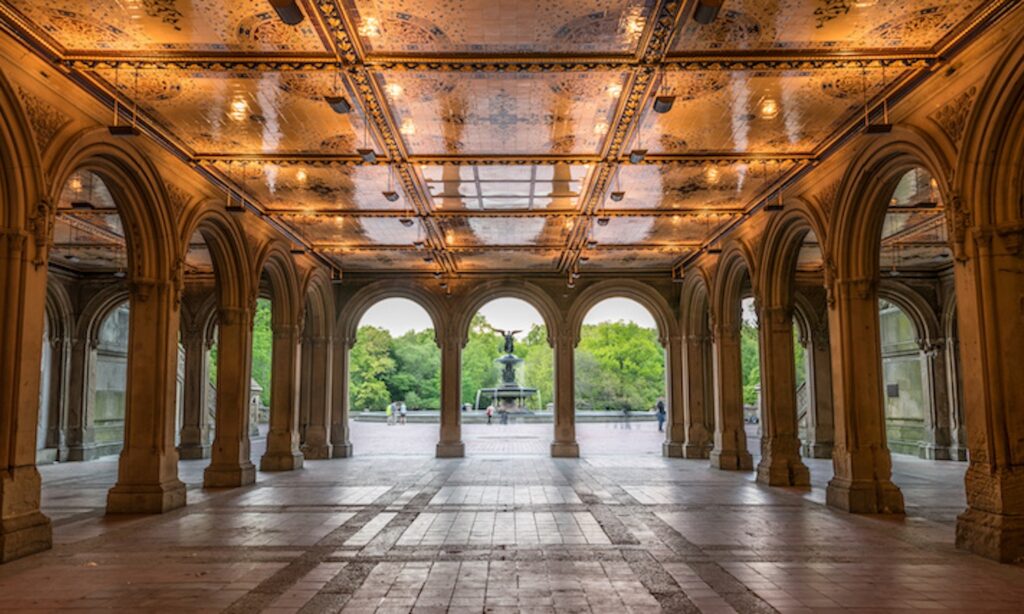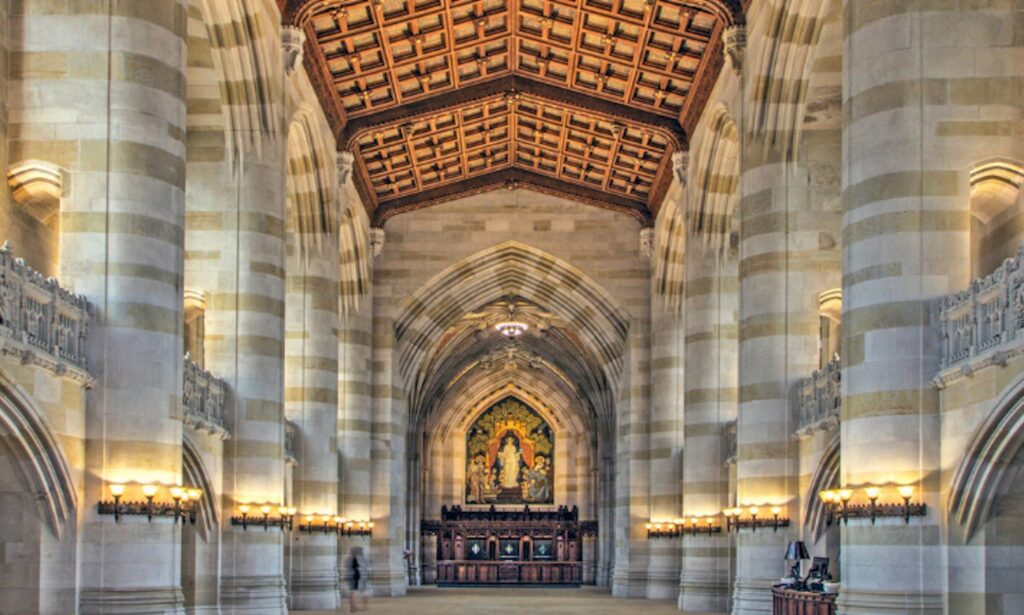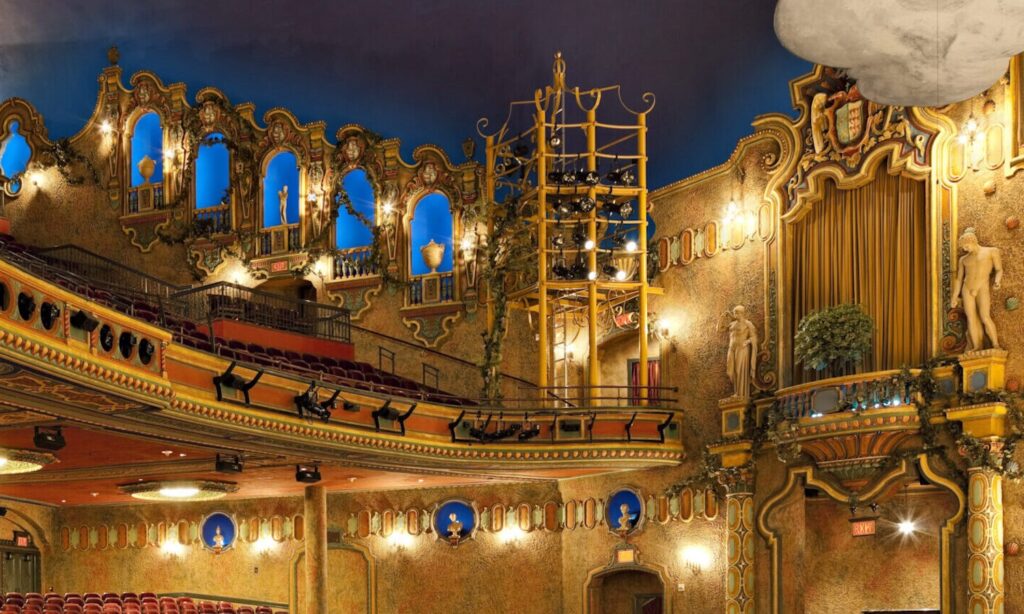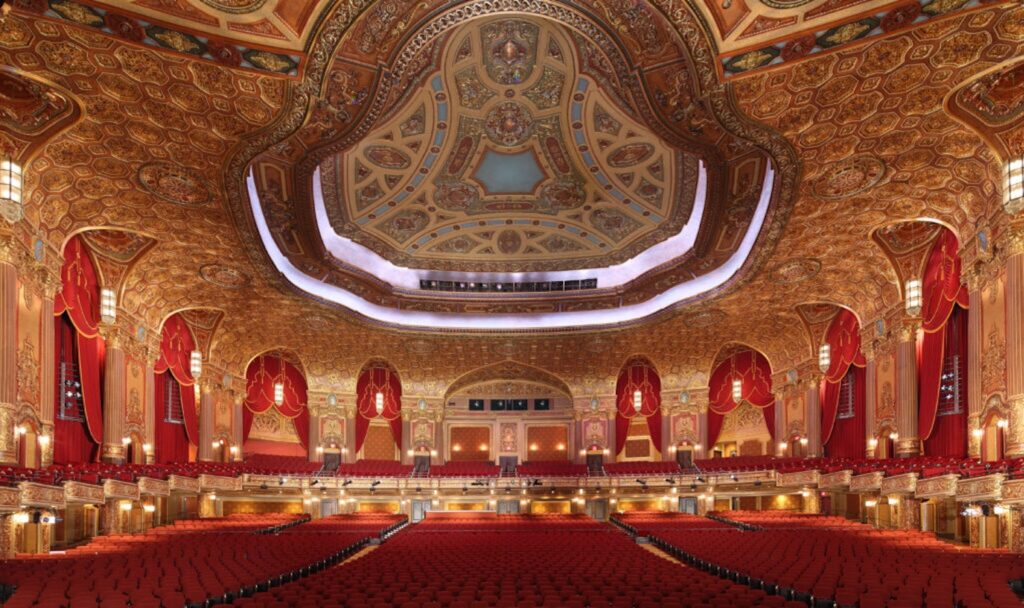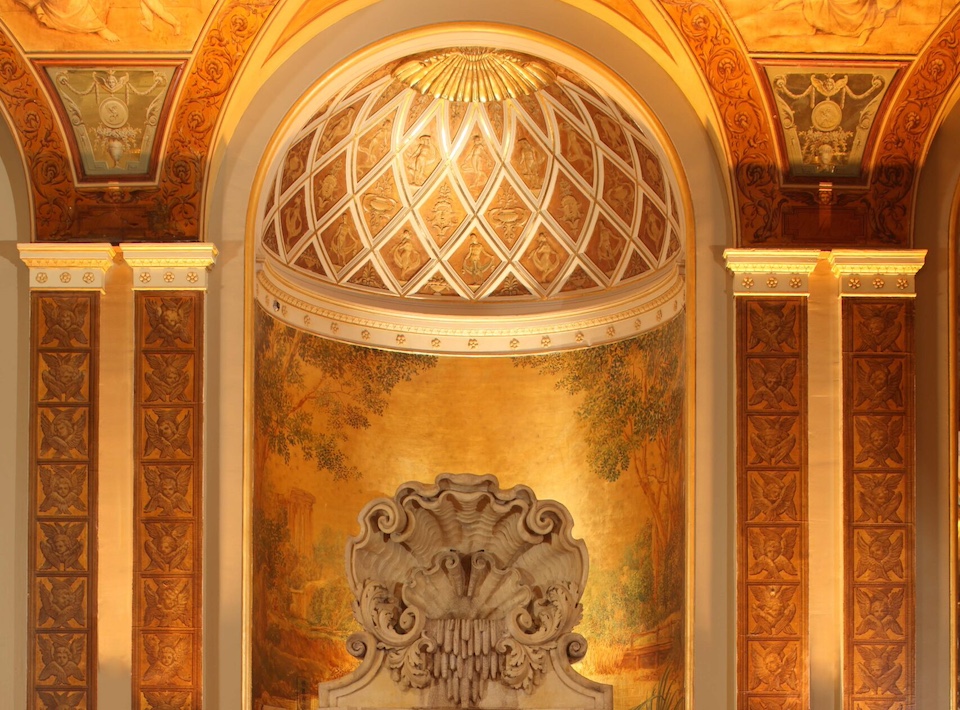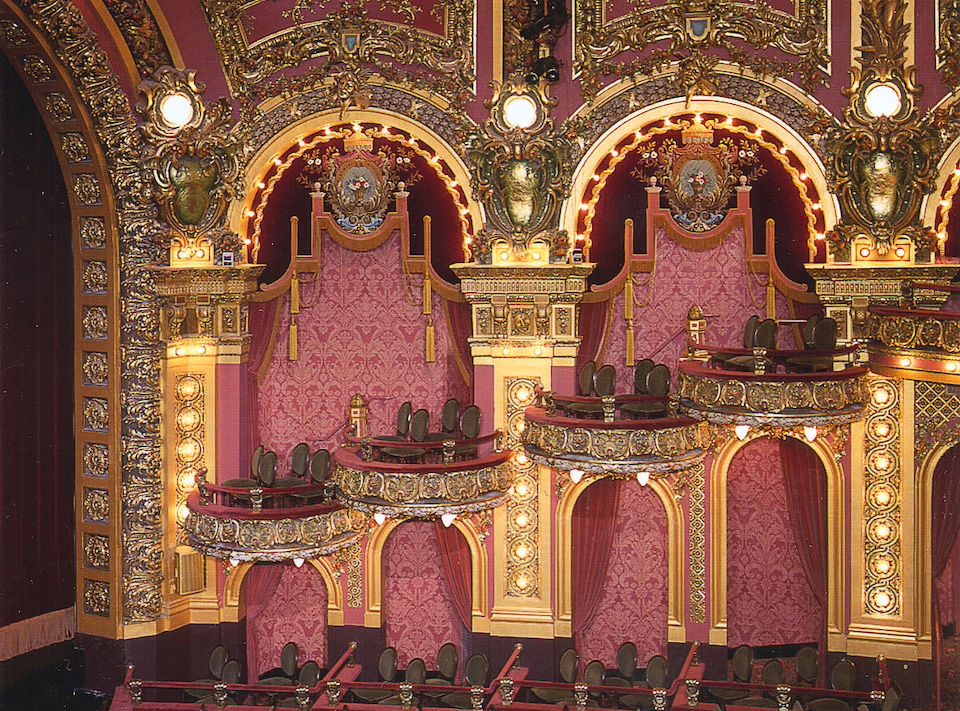EverGreene is the leading specialty contractor for restoration and preservation of historic architecture and art in North America. With a team of over 100 multi-disciplinary restoration experts, we provide tailored solutions for the most complex preservation and adaptive reuse projects.
From condition assessments to the implementation of restoration solutions and new decorative finishes, we bring unparalleled knowledge and the highest standards of craftsmanship to every initiative. Our award-winning portfolio includes many of the world’s most treasured architectural and artistic masterpieces—over 1,000 can be viewed here.
